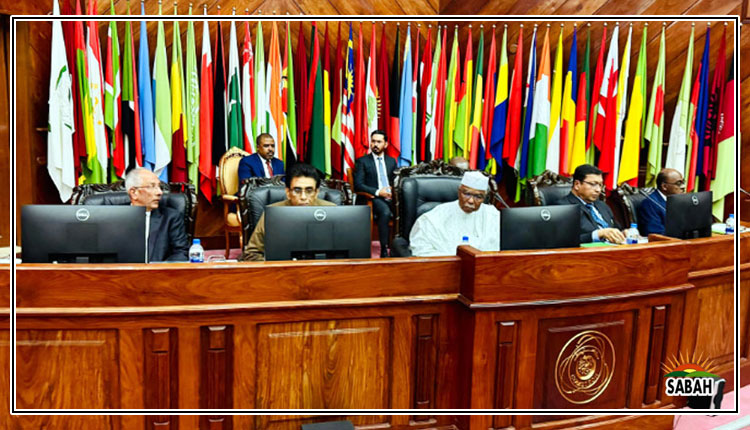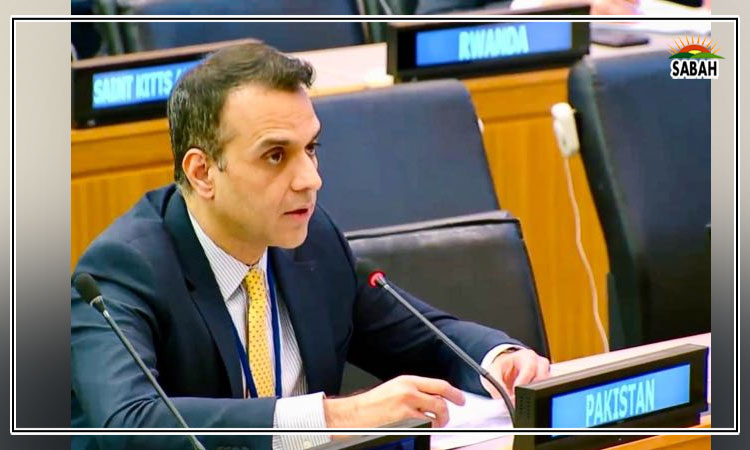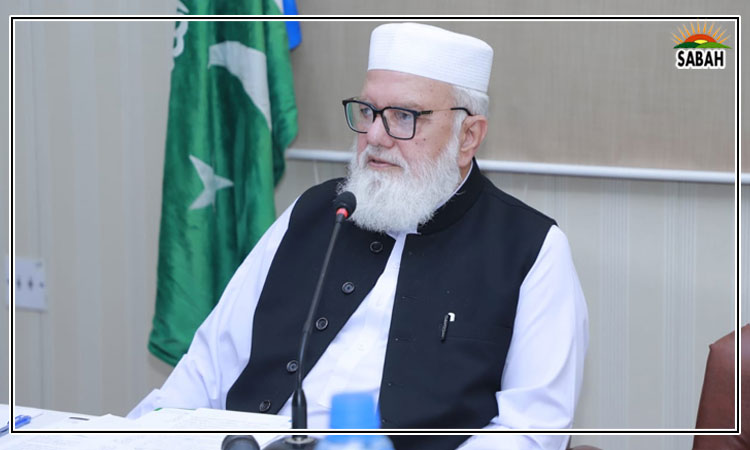Is American power waning?…Maheen Shafeeq
Analysts have marked the rise of China due to its diplomatic triumph in the Middle East, its growing cosiness with Russia and the downfall of the US as a significant global player due to the aspects of de-dollarization and decoupling.
Although these are undeniably important events that account for Chinas emergence, these are by no means the end of the US era. In addition to its footprints worldwide, the US is heavily focused on developing a more significant imprint in the wider Indo-Pacific region. The US and its allies are carrying out multiple joint military experiences to deter China. In addition, the US is engaging with regional players to increase its diplomatic, economic and military influence in the region.
The trend of joint exercises has increased in the Indo-Pacific region. On April 3, 2023, the US, Japanese, and South Korean Naval forces carried out joint anti-submarine drills in the Korean Peninsula. The trilateral exercise is significant as it tested emerging technologies such as unmanned underwater vehicles and intelligence-sharing equipment.
In addition, earlier in the year from March 15-30, 2023 the US hosted an annual multinational high-level exercise in Guam called Sea Dragon 23, which invited Canada, South Korea and the QUAD countries, Japan, India and Australia to participate. In its fifth year, the Sea Dragon 23 focused on advanced-level anti-submarine warfare (ASW) tactics and training. This exercise aims to improve allied states tactical and operational capacity and allow the interoperability of emerging technologies and systems.
On April 5, 2023 the Navies and Marines Corp of the US and UK also pledged to work closely on Littoral Warfare. The bilateral agreement intends to enhance operational readiness by increased cooperation in wargaming, synthetic training, computer simulation and overseas exercises in the Indo-Pacific region. The US has expanded its military presence in the Philippines by establishing four new military sites under Enhanced Defence Cooperation Agreement (EDCA). These sites are expected to enhance strategic depth and strengthen the interoperability of the US and Philippine Armed Forces. The shared threat behind this increased cooperation is China. The Philippines and China have had thorny relations due to historical disputes over islands in the South China Sea, which the US is using to its advantage. These military exercises will prepare the US, and Indo-Pacific states for confrontation with China by allowing joint responses.
The US is also enhancing its diplomatic relations with the smaller states in the region. For example, after 30 years of absence, the US reopened its Solomon Islands embassy. The Solomon Islands is a nation of six major islands and over 900 smaller islands in the Pacific Ocean. Due to their location, these small islands hold immense strategic significance in the Indo-Pacific endeavours of great powers.
In March 2023, the prime minister of the Solomon Islands signed Beijings Global Development initiative that would allow China to carry out development projects, including redeveloping island ports. However, it was only in 2019 that China and the Solomon Islands established formal diplomatic ties. Before this, the Solomon Islands had diplomatic relations with Taiwan. Last year, the island signed a security pact with China. To counter the influence of China, the Japanese foreign minister visited the islands for the first time to register Tokyos concerns regarding the islands security bond with Beijing. The Solomon Islands seem caught in a swirl of great power rivalry, but the island nation is tactfully hedging its bet.
Furthermore, the US has opened its embassy in Vanuatu, previously represented by diplomats based in New Guinea. The US has also planned to open its embassy in Kiribati and Tonga, discreetly expanding its regional influence to counter Chinas assertiveness.
On the economic front, the US has been engaging in bilateral and multilateral agreements with Indo-Pacific states. In May 2022, the US launched the Indo-Pacific Economic Framework for Prosperity (IPEF) with 14 states in the region to promote economic investment. This economic framework is the latest version of the Build Back Better World (B3) and Blue Dot Network. These projects are invest-based models in low and middle-income countries, due to which tangible results are yet to be seen. Not only is the US expanding its ties with the states in the Indo-Pacific, but its allies are also bidding to strengthen their relations.
The UK, for instance, signed a free trade agreement with 11 countries in the Indo-Pacific titled Comprehensive and Progressive Agreement for Trans-Pacific Partnership (CPTPP). This is the biggest trade deal since Brexit. Japan has also adopted a new national security strategy under which it will assist the emerging economies of the region as well as provide coast guard patrol boats and equipment. This has been Japans vision since Abes tenure in 2016. In addition, he endorsed a free and open Indo-Pacific strategy aimed at rapid regional growth.
Japan has also strengthened its bilateral ties with India. Likewise, India has built more vigorous defence, security and trade ties with Australia under the Comprehensive Strategic Partnership and Comprehensive Economic Cooperation Agreement (CECA). This shows that economic, diplomatic and defence alliances are being forged side by side.
The economic, diplomatic and defence measures taken by the US and its allies in the Indo-Pacific region ensure that the US stays in the limelight. The US presence in the region close to its rival China indicates that the US desires to strengthen their relations and stall Chinas attempt at substituting the global order. American US influence in the region is also evident from the fact that the states in the region welcomed US presence on their islands. This is most likely because the US has not made them choose between the US or China. Such a strategy has given the US the leverage to engage with the states while the regional states manage the balancing act independently.
However, the situation in the region could become critical if the US or China pressured countries to pick and choose. This could be the point where states might pick a side depending on the offerings and results of the previous commitments by either side.
Courtesy The News












